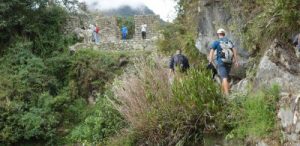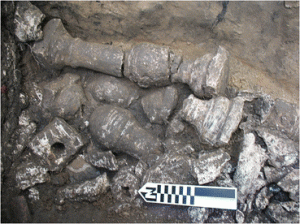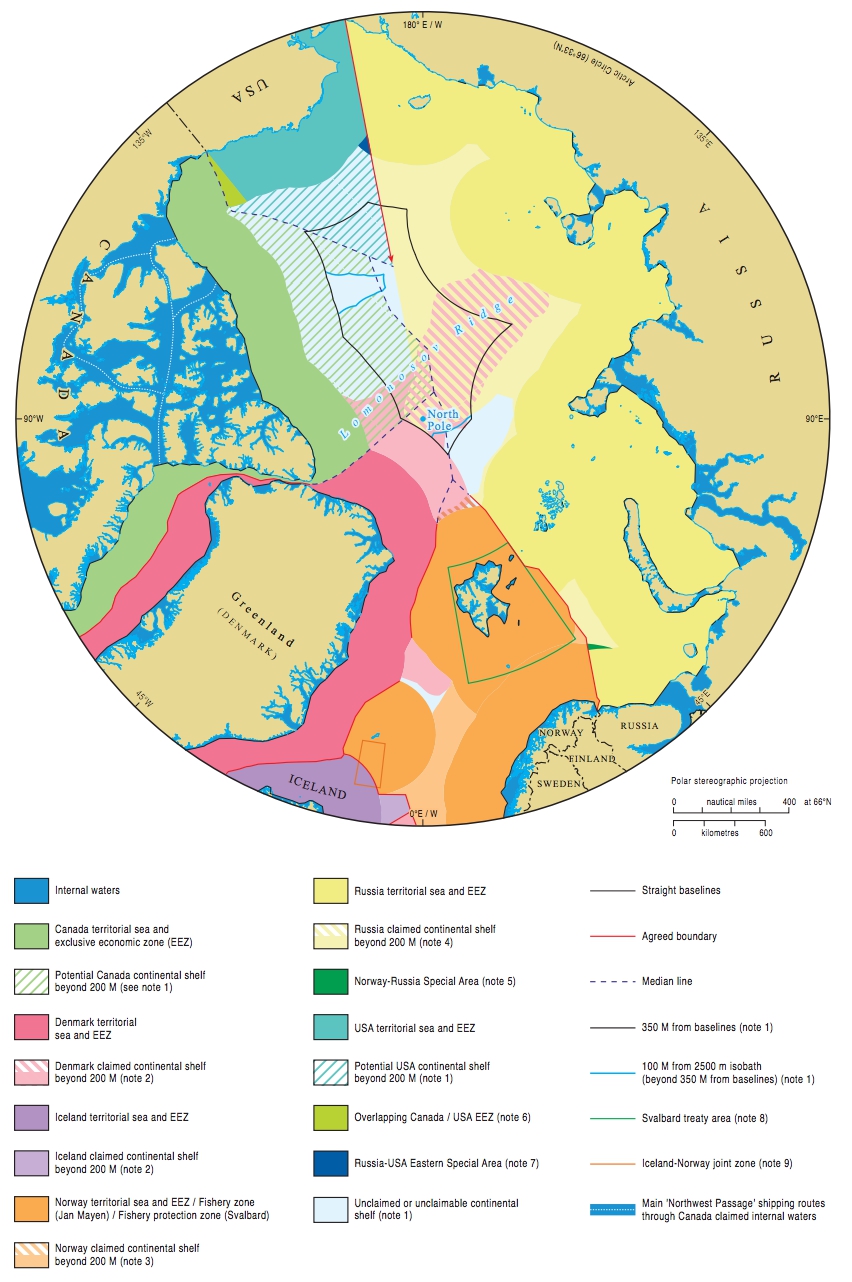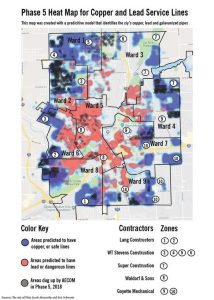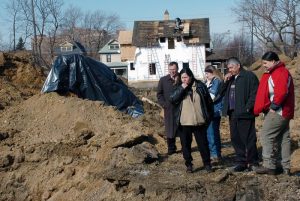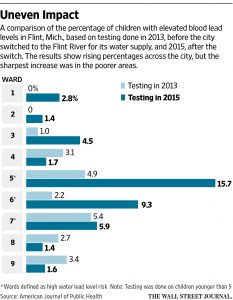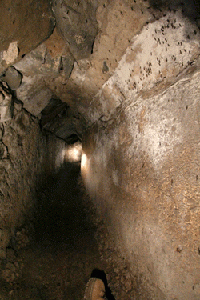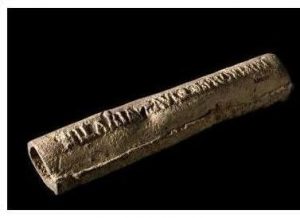In 1971, a woman’s body was found floating through Lake Panasoffkee in central Florida. Local detectives were able to extract very little information from the scene: Jane Doe was roughly 17 to 24 years old, potentially white or Native American, and seemed to have previously given birth (Phipps 2018). After much investigation, the authorities found only a belt wrapped around the victim’s neck, but otherwise no other evidence of her identity or killer. Jane Doe—otherwise known as “Little Miss Lake Panasoffkee”—was subsequently buried in anonymity. However, just over a decade later, the young woman was exhumed and examined once more, this time with the power of archaeology on her side.

Figure 1 – University of South Florida’s approximate reconstruction of Little Miss Lake Panasoffkee (Gordon 2012).
To gather more information, Dr. Erin Kimmerle, a forensic anthropologist and bioarchaeologist at the University of South Florida, employed archaeological techniques: rather than simply studying food residue, which might not survive over time, she used isotopic analysis on Jane Doe’s teeth. Through this method, she was able to inspect the minerals and particles within the enamel of Jane Doe’s teeth and found traces of lead (Gordon 2012). Because teeth only absorb isotopes during the years in which they are still in development, it was imperative to consider this data within the context of Jane Doe’s childhood (estimated to be around 1950). Both the United States and Europe used leaded gasoline at this time, allowing traces of lead to infiltrate soil and food, eventually making its way into tooth enamel. However, each had a different source and thus a different signature. The signature of Jane Doe’s lead-infused enamel was compatible with Europe’s lead signature, insinuating the victim to have originally hailed from Europe (Phipps 2012). Further investigation of the teeth revealed a large presence of oxygen isotopes, suggesting she had lived in an area with a coastline like Greece (Gordon 2012).
Although Jane Doe has yet to be fully identified, this data brings the authorities one step closer to cracking her case: from the teeth alone, anthropologists were able to estimate her place of origin. The effects of isotopic analysis cannot be overstated: other disciplines—such as forensic anthropology in the case Little Miss Lake Panasoffkee—have even begun to adopt this type of archaeological method. Through isotopic analysis, it is possible to not only reconstruct an individual’s diet, but also their geographic origin. Thus, the significance of this technique lies in its ability to inform us on one’s environment. In essence, isotopic analysis of teeth does not only aid archaeologists in interpreting sites of the past, but can also help enforce justice in the present.
Reference List:
Gordon, James
2012 Isotope Analysis Provides Clues in a Florida Cold Case. Electronic document, https://www.nytimes.com/2012/11/13/science/isotope-analysis-provides-clues-in-a-florida-cold-case.html, accessed November 23, 2019.
Phipps, Jordyn
2018 Who Is Little Miss Panasoffkee?. Electronic document, https://www.theodysseyonline.com/little-miss-panasoffkee, accessed November 23, 2019.
Images:
Figure 1:
Gordon, James
2012 Isotope Analysis Provides Clues in a Florida Cold Case. Electronic document, https://www.nytimes.com/2012/11/13/science/isotope-analysis-provides-clues-in-a-florida-cold-case.html, accessed November 23, 2019.
Figure 2:
Machicek, Michelle
2013 Isotope Analysis Time Team America. Electronic document, https://www.pbs.org/time-team/experience-archaeology/isotope-analysis/, accessed November 23, 2019.
Further Reading:
To read more on the science behind isotopic analysis of teeth and its applications:
https://www.ncbi.nlm.nih.gov/pmc/articles/PMC4541412/
To read more on overlapping techniques of archaeology and forensics:
https://daily.jstor.org/forensic-archaeology/





